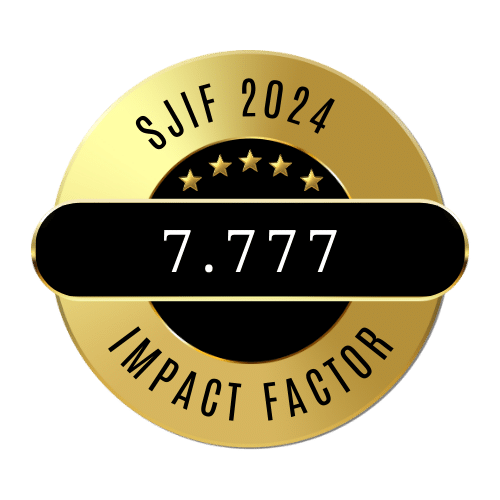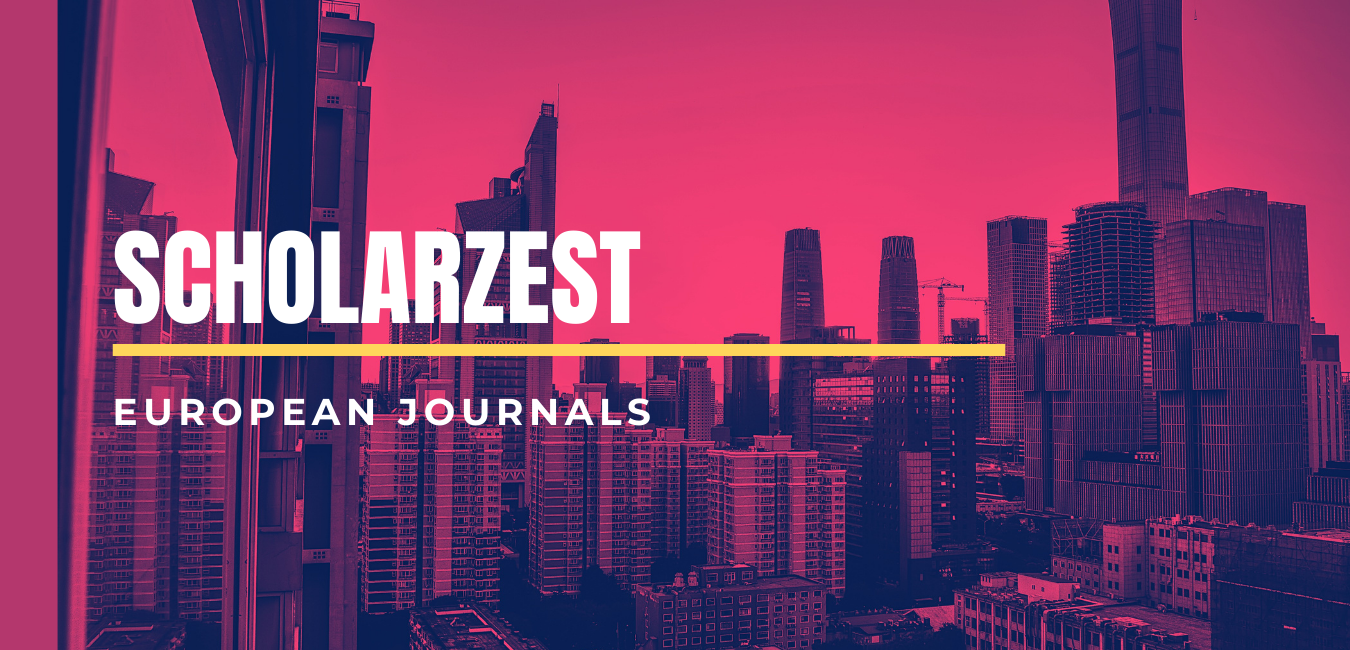TECHNOLOGIES FOR FORMING CRITICAL THINKING IN PRIMARY SCHOOL STUDENTS.
Keywords:
person-centered education, problem-based learning, interactive learning, collaborative educationAbstract
In today’s complex and globalized world, in order to have a deep understanding of the events taking place in the world, to understand the essence of their content, it is necessary to have a high level of independent thinking culture. Because it is necessary to have a deep understanding of the realities that are happening around us, to be able to think independently in order to get to the essence of their content. This, in turn, creates a need to shape students’ critical thinking skills in the learning process. The article discusses the technologies of forming critical thinking in primary school students and their content.
References
Mirziyoev Sh.M. Erkin va farovon, demokratik O’zbekiston davlatini birgalikda barpo etamiz [Together we will build a free and prosperous, democratic state of Uzbekistan]. –T.: «O’zbekiston», 2016. – 14 b.
Babanskiy Yu.K. Hozirgi zamon umumij ta’lim maktabida o’qitish metodlari. [Teaching methods in modern general education school]. –T.: «O’qituvchi», 1990. 151-b.
Maxmutov M. Maktabda problemali ta’limni tashkil qilish [Organization of problem-based education in school]. –T.: « O’qituvchi », 1981. 3-b.
Kamoldinov M, Vaxobjonov B. Innovacion pedagogik tekhnologiya asoslari [Fundamentals of innovative pedagogical technology]. – T.: “Talqin”, 2010. 128-b.
Tolipov O., Usmonboeva M. Pedagogik tekhnologiyalarni tatbiqiy asoslari [Basics of application of pedagogical technologies].– T.: “Fan”, 2006. 260-b.
Yuldashev J.G., Usmanov S.A. Pedagogik tekhnologiya asoslari [Basics of pedagogical technology]. –T., «O’qituvchi», 2004. -5 b.
Mahmudov Y.G. Boymiov K.Sh and others. Innovacion ta’lim tekhnologiyalaridan o’quv jarayonida foydalanishning metodik-didaktik asoslari [Methodological and didactic bases of use of innovative educational technologies in educational process]. –T.: “YANGI NASHR”, 2018. 14-b.
Downloads
Published
How to Cite
Issue
Section
License

This work is licensed under a Creative Commons Attribution-NonCommercial-NoDerivatives 4.0 International License.















